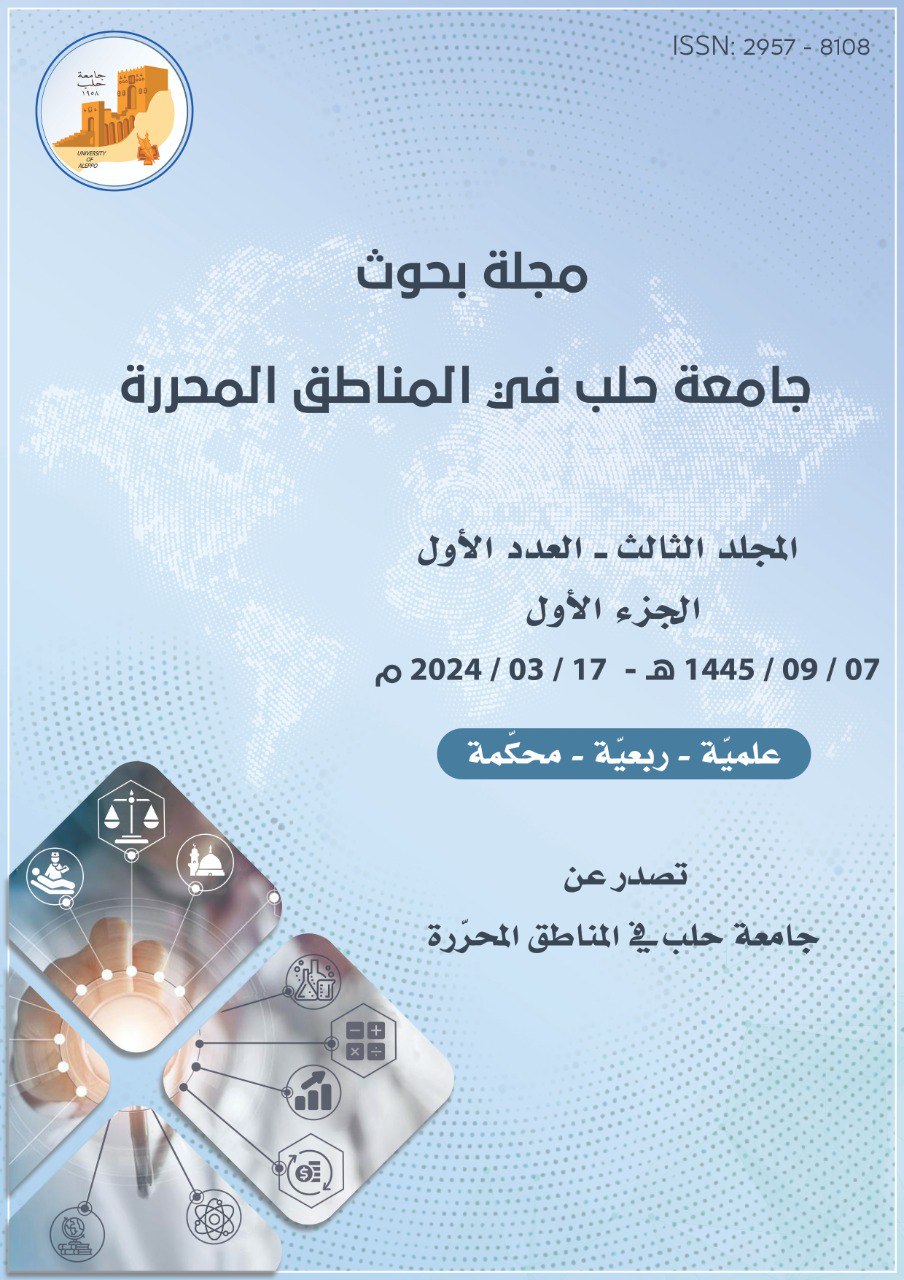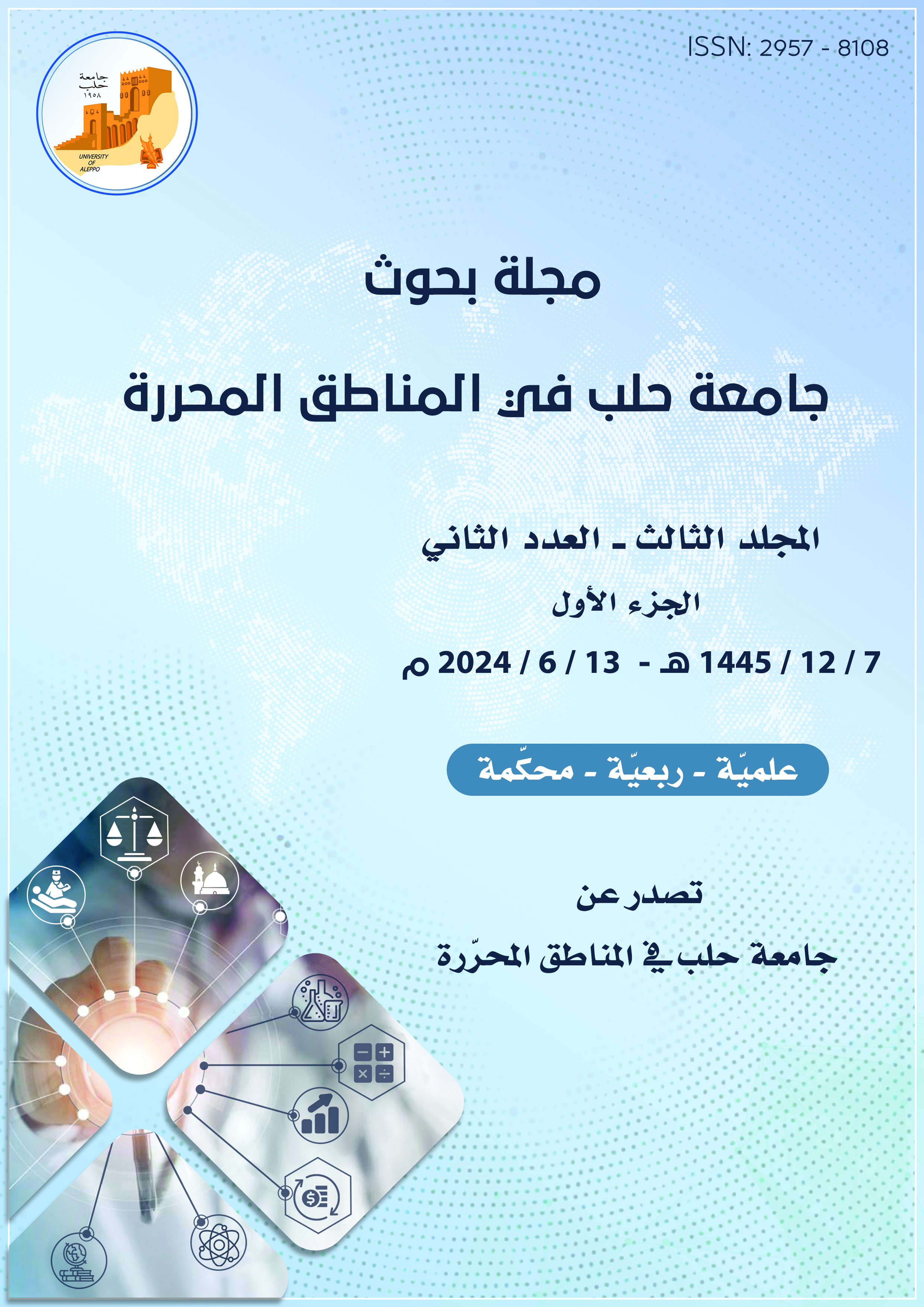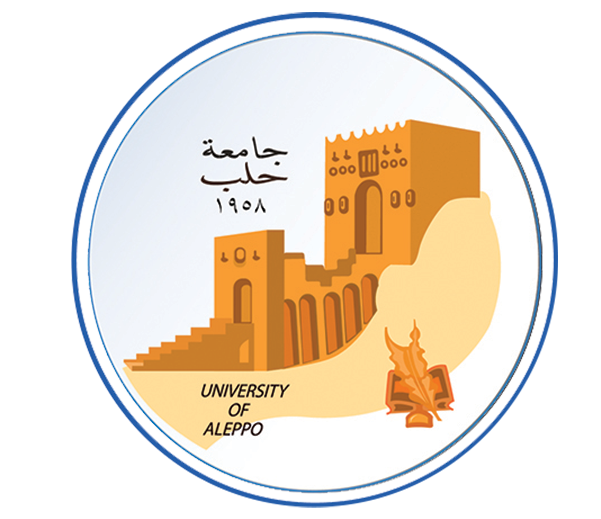Publication year: 2024
Author: Mr. Muhammad Faisal Al-Naji
Issue: 1
Abstract
This research aimed to show the effect of supplemental irrigation on wheat productivity and yield components of durum wheat variety (Bahout 9). where the research was carried out in the Afrin area – Jindires village, which is one of the first settlement areas for the agricultural season 2020-2021 AD. The experiment was designed according to a completely randomized block design RCBD with three replications, and the experimental plots were randomly distributed within each replicate.
The results also showed that T3 treatment (2 supplemental irrigation) had an average yield per unit area (5600) kg/ha, and it was significantly superior to the rest of the control treatments (rain irrigation) and T2 (1 supplemental irrigation) in the heading (spike) and flowering phase /5 hour/. While the second treatment T2 (1 supplemental irrigation) was significantly superior (4075 Kg/ha) to the control (rain irrigation) (3700 Kg/ha).
The results also showed a significant increase in each of the main spike length /cm, the area of the flag leaf/cm2, the number of grains/plant and the weight of grains/g/plant in the treatment of (2 supplementary irrigation) compared to (1 supplementary irrigation) and on the control (rain irrigation). There was a significant increase for the same indicators for the one supplemental irrigation T2 over the control (rain irrigation).
The results obtained from correlation coefficient analysis showed a significant relationship between yield (kg/ha) with each of the main spike length /cm, flag leaf length/cm, flag leaf width/cm, flag leaf area/cm2, number of spikes/plant, number of grains/ Main spike, number of grains/plant, weight of grains/main spike/g, weight of grains/plant/g, weight of 1000 grains/g, weight of grains/1m2/g.
We also found out that the use of supplementary irrigation, whether one or two supplemental irrigations for wheat variety (Bahout 9), entails a significant increase in productivity, especially when applying two supplementary irrigations, which amounted to 51.35%. This application is very important in overcoming all the dangerous factors related to the lack of rain, which surrounds rain-fed agriculture.Keywords: Variety (Bahouth 9), Supplementary irrigation
Share This research!

Share This research!
Latest Researches

